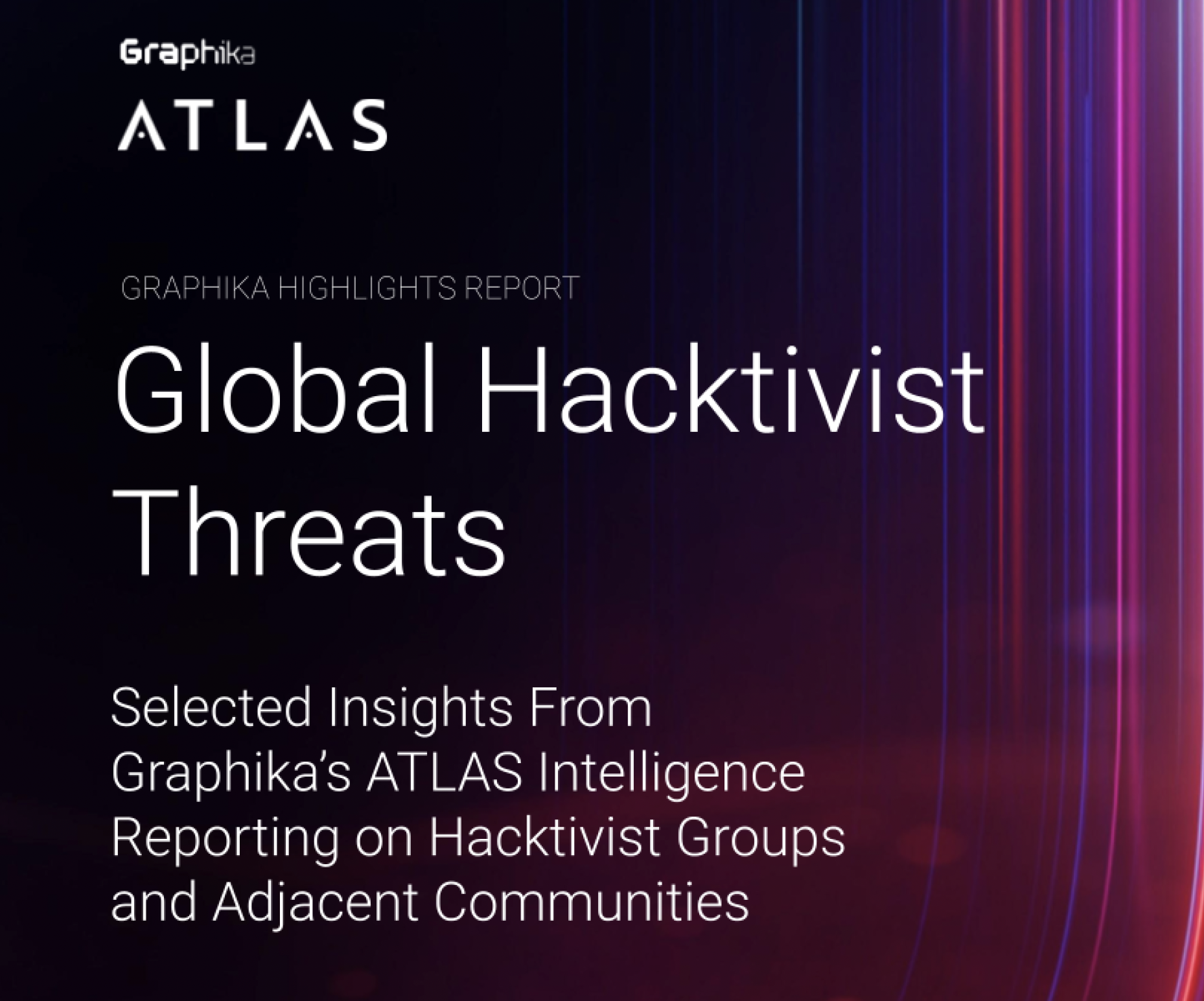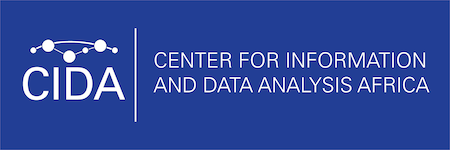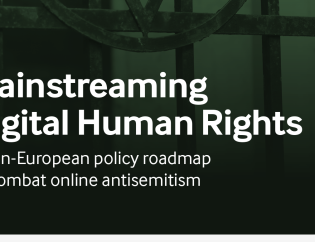
Graphika’s latest report, "Global Hacktivist Threats," offers a deep dive into the evolving landscape of hacktivism, with a special focus on the Dark Storm Team—a group that straddles the line between ideological activism and financial opportunism.
Hacktivism Meets Cyber Mercenaries
Emerging in late 2023, Dark Storm presents itself as a pro-Palestine, anti-NATO collective, actively engaging in cyberattacks that primarily target Israel and its allied nations. The group has aligned itself with a broader network of pro-Russian hacktivist entities, using cyber warfare as a means to advance geopolitical narratives. Notably, their targets have included hospitals, airports, transportation systems, and other critical infrastructure—moves that hint at a strategic, rather than purely ideological, motivation.
A Business Model Cloaked in Activism
While hacktivism is typically driven by political or social causes, Dark Storm’s activities suggest a dual agenda: beyond advancing political narratives, they appear to be actively monetizing their cyber exploits. This is evident in their attempts to commercialize cyberattacks through DDoS-for-hire services, cryptocurrency ventures, and attention-driven fundraising tactics.
A striking example of this occurred after they claimed responsibility for a March 10, 2024, global outage on the platform X (formerly Twitter). Though their involvement was unverified, they capitalized on the media attention by launching their own cryptocurrency, DARKSTORM Solana, marketing it as a digital asset linked to their cyber operations.
Exaggerated Claims and Media Manipulation
Graphika’s analysis reveals that Dark Storm has a history of inflating the impact of their cyberattacks. For instance:
- March 2024: They claimed responsibility for an X (Twitter) outage, yet their provided “evidence” only demonstrated an attack on a single user account, not the entire platform.
- February 2024: They falsely asserted that they had successfully crippled U.S. healthcare systems and disrupted operations at major international airports.
Such tactics suggest an effort to boost their credibility, attract potential clients for their hacking services, and sow public fear about their capabilities.
Future Trends in Hacktivist Operations
Graphika anticipates that groups like Dark Storm will continue to exploit political tensions and high-profile events to justify and promote their activities. Their targets will likely remain major commercial and governmental institutions, with an increasing focus on financial rewards through service offerings, cryptocurrency schemes, and soliciting donations.
Conclusion
Hacktivism is no longer just a tool for grassroots cyber resistance; in many cases, it is becoming a highly organized and monetized operation. Dark Storm exemplifies how hacktivist groups are leveraging political causes to build profitable cyber mercenary networks. Their blending of activism with financial opportunism presents new challenges for cybersecurity experts and policymakers alike.
For a detailed breakdown of Dark Storm’s activities and the broader hacktivist landscape, read the full report by Graphika here.


